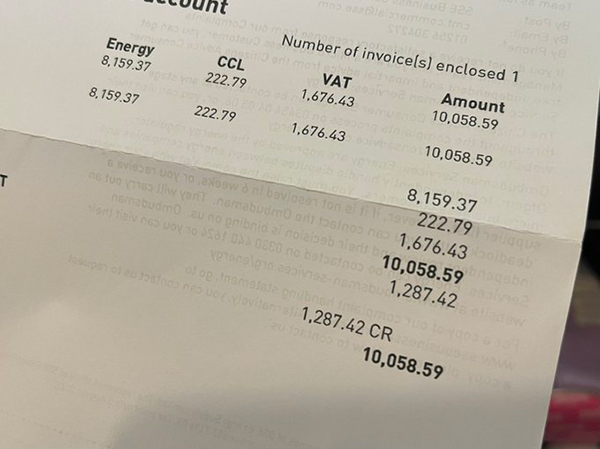Home prices dropped at a record pace in June amid rising inflation and mortgage rates
08/03/2022 / By Cassie B.

Home prices are cooling in the U.S. thanks to a sharp drop in housing demand in June spurred by rising inflation and mortgage rates.
Although home prices remain higher than they were one year ago, gains slowed down at the fastest pace seen since this metric was first recorded in the 1970s. The ongoing imbalance between supply and demand, with the housing market’s severe shortage persisting, has helped price gains stay strong.
Mortgage News Daily reported that the average rate on a 30-year fixed-rate mortgage rose above 6 percent in June. Although it has since fallen into the lower 5 percent range, it is still far higher than the rates in the 3 percent range that were seen in the beginning of the year.
Black Knight Data & Analytics President Ben Graboske explained: “The slowdown was broad-based among the top 50 markets at the metro level, with some areas experiencing even more pronounced cooling. In fact, 25% of major U.S. markets saw growth slow by three percentage points in June, with four decelerating by four or more points in that month alone.”
However, he added that the market would need to experience another six months of this type of deceleration before price growth could return to its long-run averages. It takes around five months, he noted, for the impact of interest rates to be fully realized in home prices.
Sharp price drops in San Jose, Seattle and San Francisco
The sharpest drops were seen in markets that previously held the highest prices in the country. For example, the average home value in San Jose, California, dropped 5.1 percent during the past two months, which was the biggest drop seen in any of the top markets and amounted to a price reduction of $75,000.

In Seattle, meanwhile, prices dropped by 3.8 percent during the last two months for a reduction of $30,000. Rounding out the top five markets with the greatest price reductions were San Francisco (down by 2.8 percent, or $35,000), San Diego (down by 2 percent, or $19,500) and Denver (down by 1.4 percent, or $8,700).
Supply of homes returning to pre-pandemic levels in some areas
At the same time, the supply of homes for sale has risen 22 percent in the last two months. Although this is a significant rise, it is nevertheless 54 percent lower than the levels available from 2017 to 2019.
San Francisco is the first metro area whose inventory levels have returned to their pre-pandemic numbers following an inventory shortage of 32 percent at the beginning of the year. Meanwhile, San Jose was just 1 percent off of its normal levels after starting 2022 with a deficit of 50 percent. Las Vegas and Seattle are also approaching their pre-pandemic inventory levels, while Austin and Phoenix saw their inventory levels deficit reduced by half during the past two months.
The nation’s overall inventory rose from 1.7 months of supply at the beginning of the year to 2.6 months in June, but an inventory of at least six months of supply is needed to create a balanced market.
According to Graboske, we would need more than a year of these record-setting rises to see inventory levels normalize. There is currently a national shortage in excess of 700,000 listings.
It is worth noting, however, that the impact of these price drops will not be felt as deeply by the average homeowner as they did in the Great Recession. That is because today’s homeowners are enjoying far greater equity thanks to years of steady price appreciation and tight underwriting. Nevertheless, the high prices and rising inflation are making it difficult for many people to buy a home.
Sources for this article include:
Submit a correction >>
Tagged Under:
Bubble, economic collapse, economy, home prices, housing demand, housing supply, Inflation, market crash, pandemic, pensions, Real Estate, recession, risk
This article may contain statements that reflect the opinion of the author
RECENT NEWS & ARTICLES
COPYRIGHT © 2017 COLLAPSE.NEWS
All content posted on this site is protected under Free Speech. Collapse.news is not responsible for content written by contributing authors. The information on this site is provided for educational and entertainment purposes only. It is not intended as a substitute for professional advice of any kind. Collapse.news assumes no responsibility for the use or misuse of this material. All trademarks, registered trademarks and service marks mentioned on this site are the property of their respective owners.





















